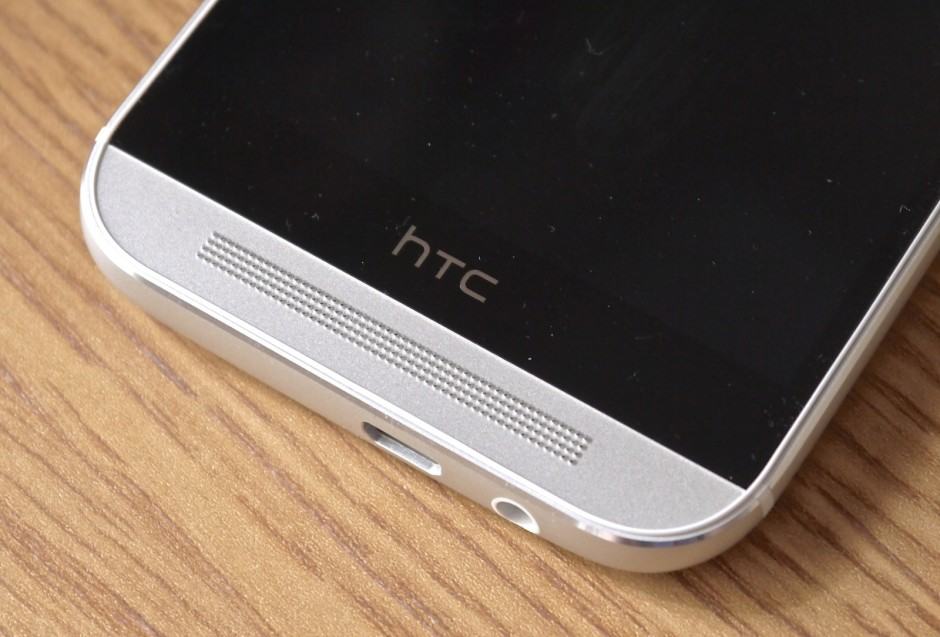HTC will fix one of its biggest design complaints for the One M9

Photo: Killian Bell/Cult of Android.
One of the biggest design complaints with HTC’s last two One-series handsets will be fixed with the upcoming One M9, sources say. HTC is set to finally ditch it’s front-facing logo bar, which expands the black bezel beneath the One’s display.
When it comes to the design of HTC flagships, there doesn’t tend to be too much to criticize. Both the One M7 and the One M8 have been some of the mo attractive Android devices of the past two years.
But they’re not quite perfect. Not only would we like to see more subtle speaker grilles for the BoomSound speakers, but also a repositioning of the front-facing HTC logo, which would allow for smaller bezels around the display.
According to the reliable HTC Source, we’ll get both of those changes with the One M9.
“The plastic speaker panels (used to cover the BoomSound speaker chamber and amp) that frame the top and bottom of the screen are slightly taller than those of the HTC One (M8) as they absorb most of the space that was previously used by the black bar and the displaced HTC logo will move down to the bottom speaker panel,” the report reads.
“While the speaker panels were exposed on the One (M7) and One (M8), they are enclosed within the edge-to-edge glass panel which covers the front of the HTC One (M9).”
The report goes on to say the One M9’s speaker grilles will resemble those on the HTC-made Nexus 9 tablet; instead of tiny holes drilled into the body of the device, they’ll look like more traditional speakers, but they’ll be much more subtle.
Wondering why those One M9 handsets we’ve already seen don’t feature these design changes? Well, HTC Source says they are merely decoy units built for testing, and they don’t resemble the actual final design of the One M9.
HTC has traditionally struggled to keep leaks under control, but this is one of the measures it is taking to ensure the One M9 isn’t spotted before its big debut on March 1 at Mobile World Congress.
- SourceHTC Source


